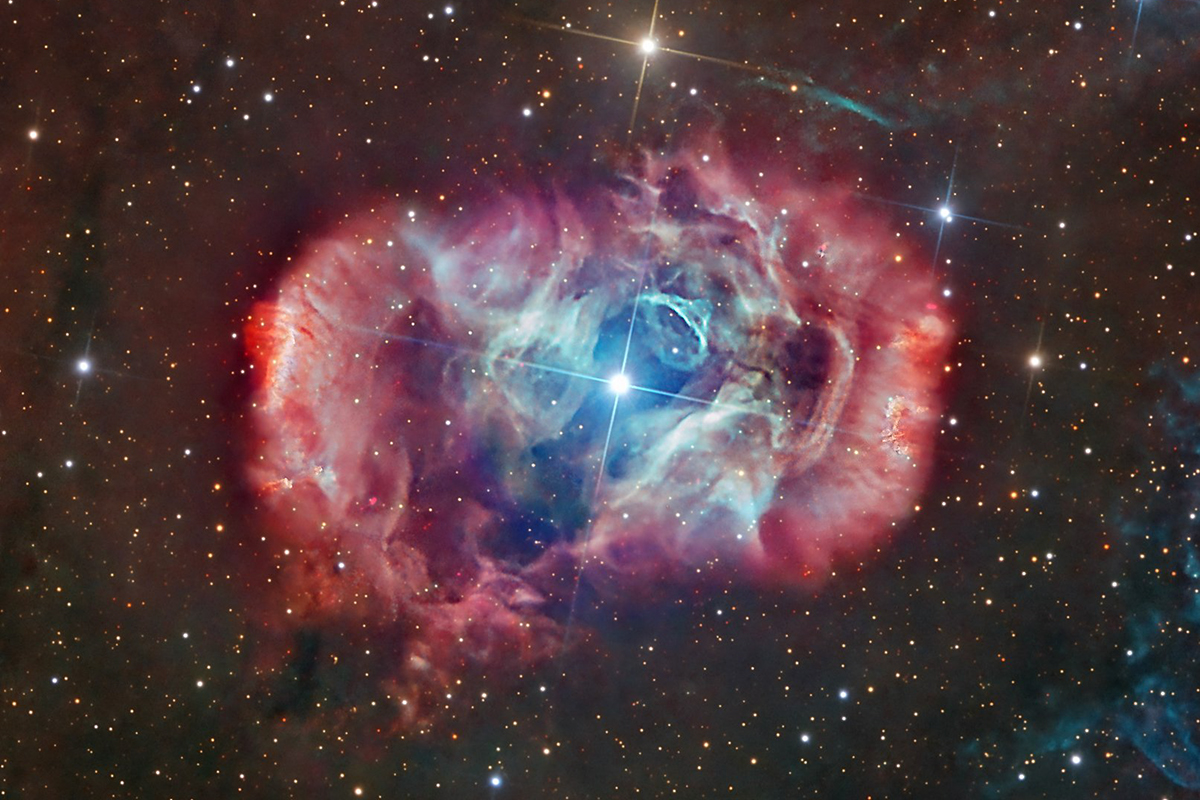
Scientists Have Finally Gotten Closer To The Answer About How Massive Stars Get Their Magnetic Fields
When we look deep into space, everything there is embedded in magnetic fields. This happens not only in the neighborhood of stars and planets, but also in the deep space between galaxies and galactic clusters.
Yet, this is the first time scientists have found direct evidence of magnetism in massive stars. Besides that, in the case of HD 148937, the merger must have happened recently therefore the news is super exciting for astronomers as well.
Due to the ‘Dragon’s Egg’ nebula, scientists finally have direct evidence of magnetism in massive stars
Image credits: ESO
Image credits: ESO
Image credits: Ivan Bok
Scientists at the European Southern Observatory in Chile’s Atacama Desert were focusing on a distant binary star system called HD 148937, that is located about 3800 light-years away from Earth in the direction of the Norma constellation. Observing a strange and mysterious ‘Dragon’s Egg’ nebula, they noticed that there’s something unusual in there: “A nebula surrounding two massive stars is a rarity, and it really made us feel like something cool had to have happened in this system. When looking at the data, the coolness only increased,” said Abigail Frost, an astronomer at ESO in Chile and lead author of the study.
Typically, a binary star pairing should be the same age, and certainly not asymmetrically magnetic, yet it was different this time. The scientific team collected nine years’ worth of data from ESO’s Very Large Telescope Interferometer (VLTI), located in Chile’s Atacama Desert and the FEROS instrument at ESO’s La Silla Observatory and were struck by how special HD 148937 appeared: “After a detailed analysis, we could determine that the more massive star appears much younger than its companion, which doesn’t make any sense since they should have formed at the same time,” said Frost.
The age difference was approximately 1.5 million years and suggested something must have rejuvenated the more massive star. The scientists came up with hypothesis that there were probably originally 3 stars in the system: “The two inner stars merged in a violent manner, creating a magnetic star and throwing out some material, which created the nebula”, said Hugues Sana, the principal investigator of the observations. “The more distant star formed a new orbit with the newly merged, now-magnetic star, creating the binary we see today at the center of the nebula,” he added.
Due to its shimmering bubbles and vibrant colors, ‘Dragon’s Egg’ nebula is definitely a true cosmic gemstone, therefore it’s not a surprise that it has been captivating astronomers and space enthusiasts alike for a long time. Officially called as NGC 6164/6165, it was formed as a result of the intense stellar winds reaching up to 4 million kilometers per hour speed and emanating from a massive, hot central star that is estimated to be around 40 times more massive than our Sun. The nebula’s structure is enhanced by the presence of ionized hydrogen gas, which emits a characteristic red glow when excited by the intense ultraviolet radiation from the central star.
Based on research, HD 148937 was a trinary star system in which two stars eventually collided and merged, blasting out material that formed the nebula
Image credits: ESO
Image credits: ESO
Image credits: IAU and Sky & Telescope magazine (Roger Sinnott & Rick Fienberg)
The research on magnetic fields began in 1269 when French scholar Petrus Peregrinus de Maricourt used iron needles for mapping out the magnetic field on the surface of a spherical magnet. At that time, he noticed that the resulting field lines crossed at two points and named them “poles.” In 1785, Charles-Augustin de Coulomb experimentally verified Earth’s magnetic field. Magnetism on the Sun was discovered at the beginning of the 20th century by its effects on the spectrum of light that the sun emitted and since then, more powerful telescopes looking deep into space unveiled that magnetic fields can be found everywhere in the Universe.
While magnetic fields are a common feature of low-mass stars like our Sun, it’s important to mention that more massive stars cannot sustain magnetic fields in the same way. Yet some massive stars (around 10%) are indeed magnetic. Some scientists suggested that strong magnetic fields might be produced when two stars collide.
Scientists from Heidelberg University, the Max Planck Society, the Heidelberg Institute for Theoretical Studies, and the University of Oxford in 2019 used large computer simulations to demonstrate how the merger of two stars creates strong magnetic fields. Simulations showed that the generated magnetic fields might even be sufficient to explain the exceptionally strong magnetic fields inferred to exist in magnetars.
The HD 148937 case is the first time when researchers have found such direct evidence of magnetism in massive stars. “In the collision of two stars, merger debris is scattered around the merger remnant and should form a nebula that is visible for a short time. Such a nebula around an apparently too young and magnetic star is a smoking-gun signal for the merger hypothesis, and we have finally found it,” – explained Dr Fabian Schneider from the Centre for Astronomy of Heidelberg University.
After analyzing 9 years’ worth of observational data, HD 148937 appeared as the first compelling evidence that stellar mergers do indeed result in the magnetic fields we occasionally see wrapped around massive stars
Image credits: Mark Hanson
Image credits: Heidelberg University
Image credits: ESO
According to scientists, this unusual cosmic event of HD 148937 finally helped to solve a long-standing mystery of astronomy: how massive stars get their magnetic fields. Deeper studies of the ‘Dragon’s Egg’ nebula will also help better understand the life cycles of massive stars, how they change and evolve during their lifetime, and the processes that shape the cosmos.
For those interested in nebulas, I could mention a few more that definitely stands out from the crowd. There’s The Helix Nebula, known as the Eye of God. It is a planetary nebula situated in the constellation Aquarius and is remarkable for its distinctive shape and vibrant colors. Also, The Crab Nebula which is located in the constellation Taurus, and is one of the brightest supernova remnants in the sky. The violent event was recorded by Japanese and Chinese astronomers nearly 1,000 years ago in 1054 AD. The glowing relic has been expanding since the star exploded, and it is now approximately 11 light-years in width. Speaking about extending, some of the nebulas can reach over hundreds of light-years, for example The Carina Nebula stretches over 300 light-years.
The Dragon’s Egg Nebula showed that strong magnetic fields might be produced when two stars collide
Image credits: NASA
Image credits: NASA
Image credits: ESO
Massive stars are crucial building blocks of galaxies and the universe. Knowing that only about 10% of the more massive stars do host large scale stable magnetic fields, the recent discovery about the ‘Dragon’s Egg’ nebula’s formation makes it a definitely significant and very special achievement.

 Dark Mode
Dark Mode 

 No fees, cancel anytime
No fees, cancel anytime 


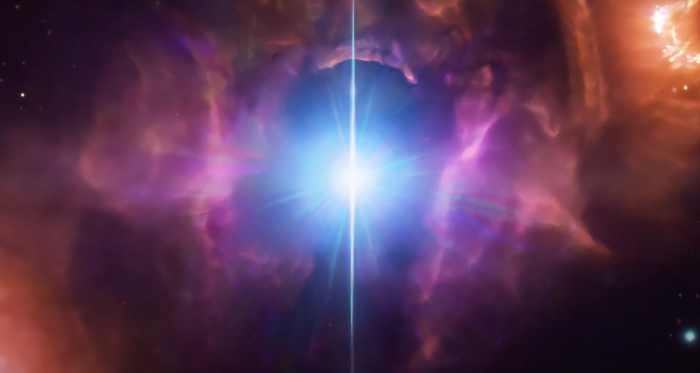
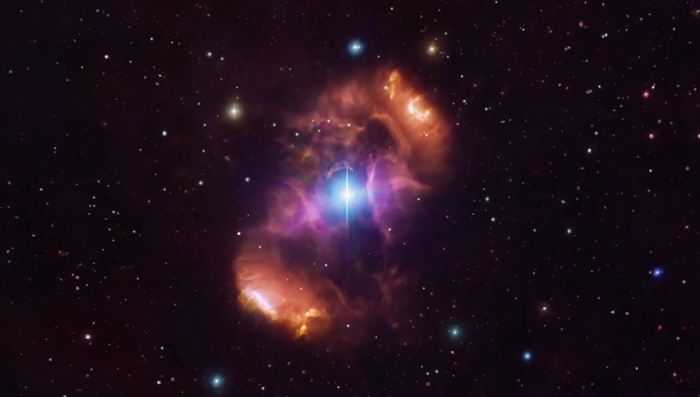
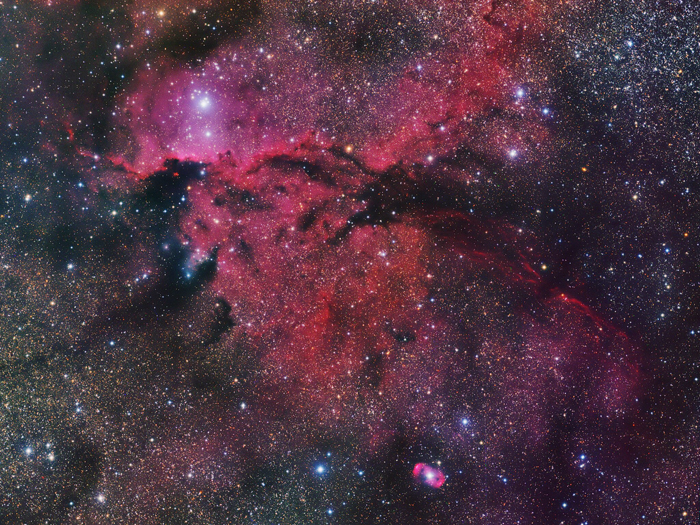
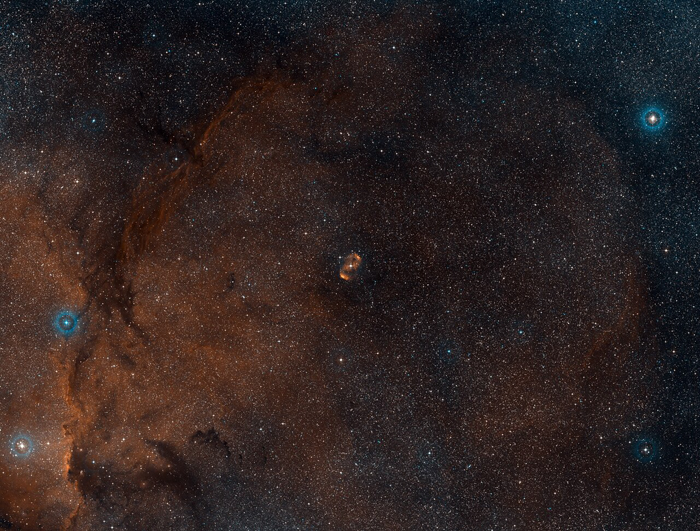
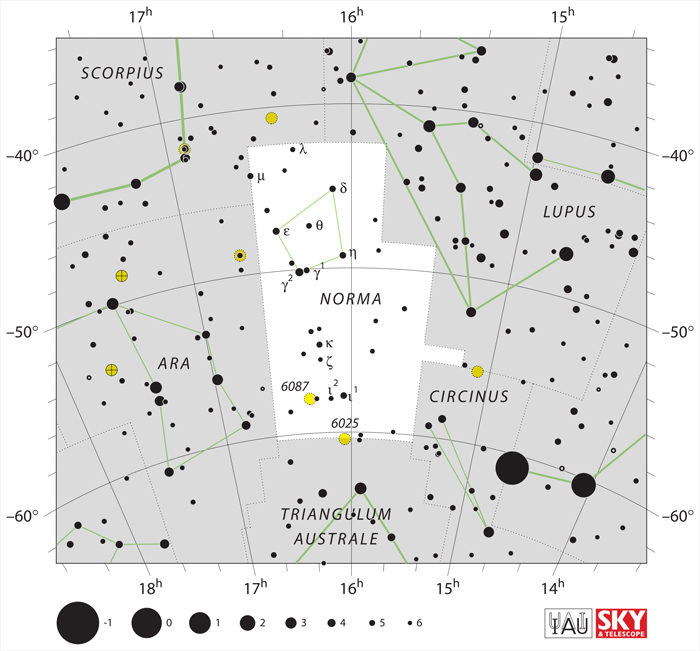
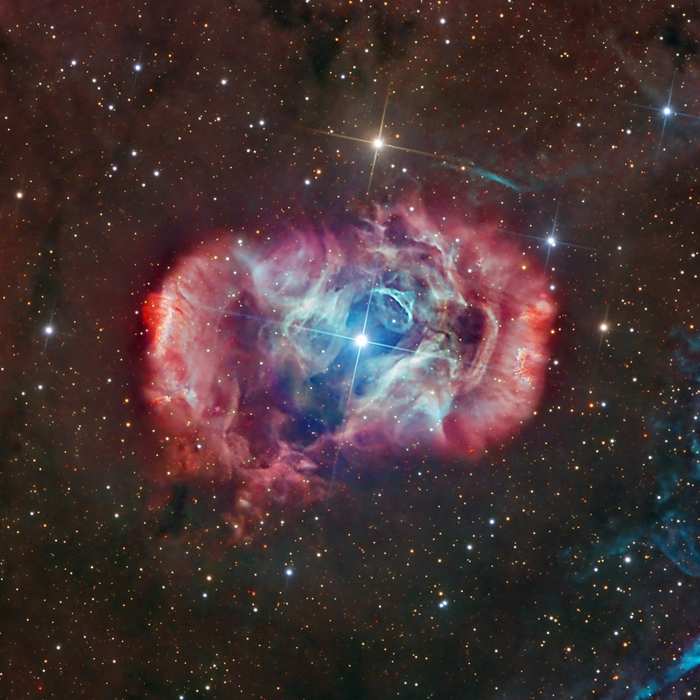
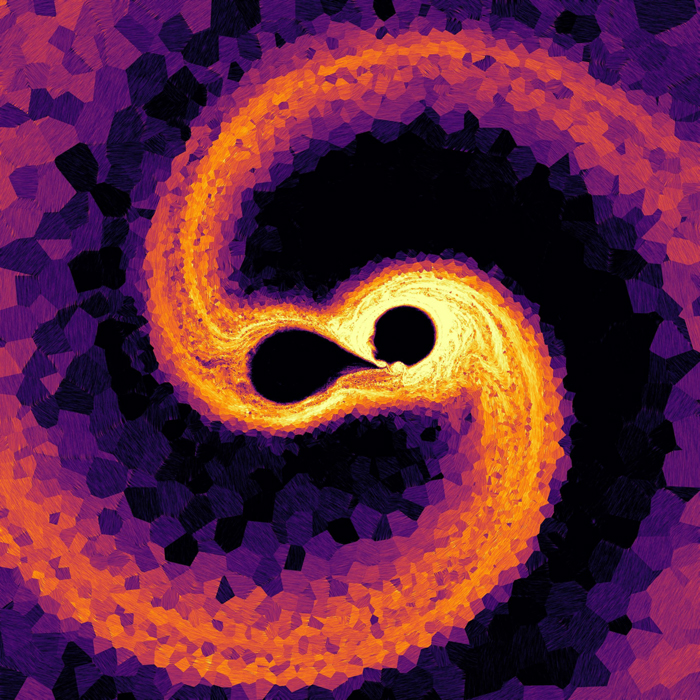
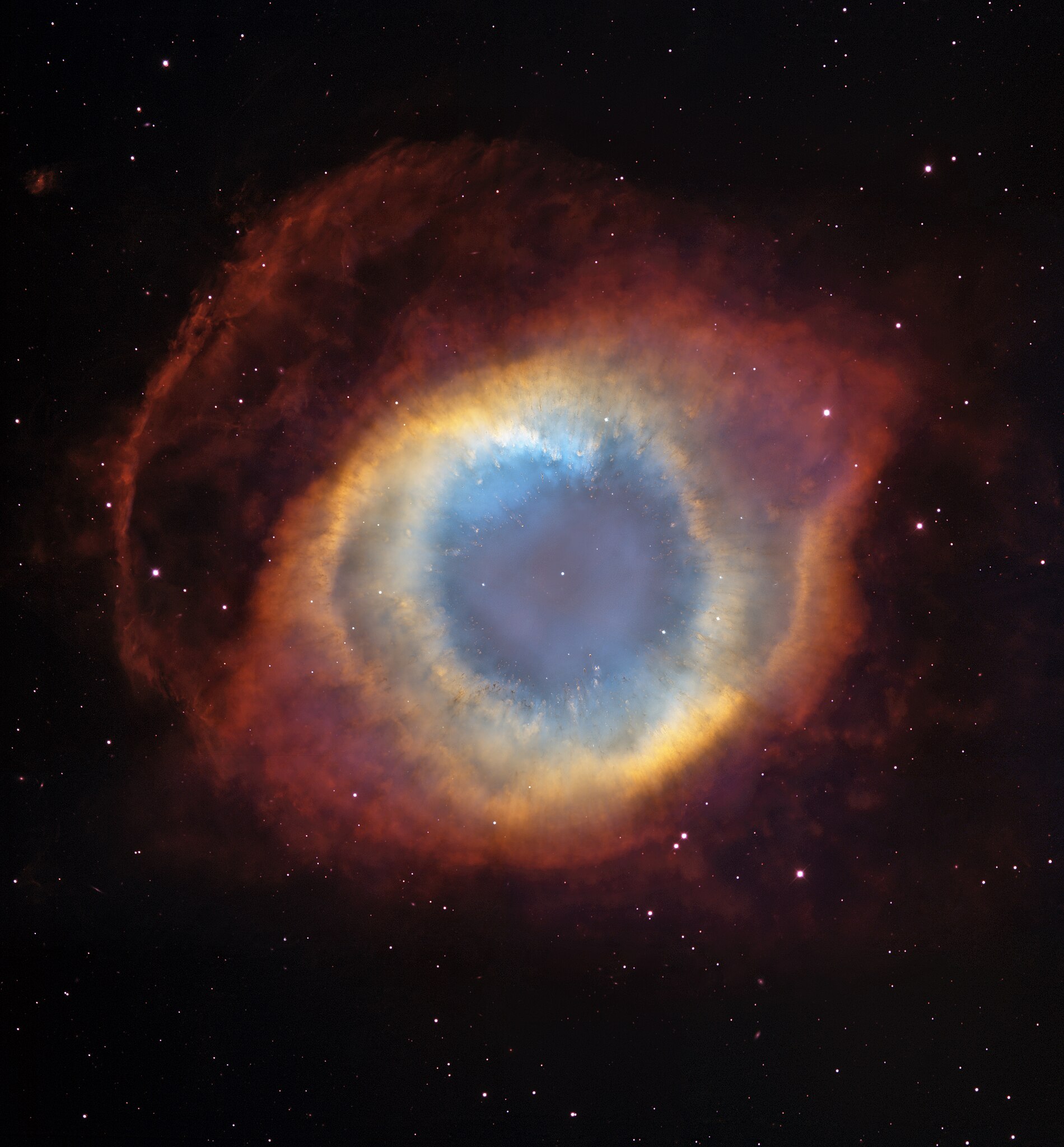

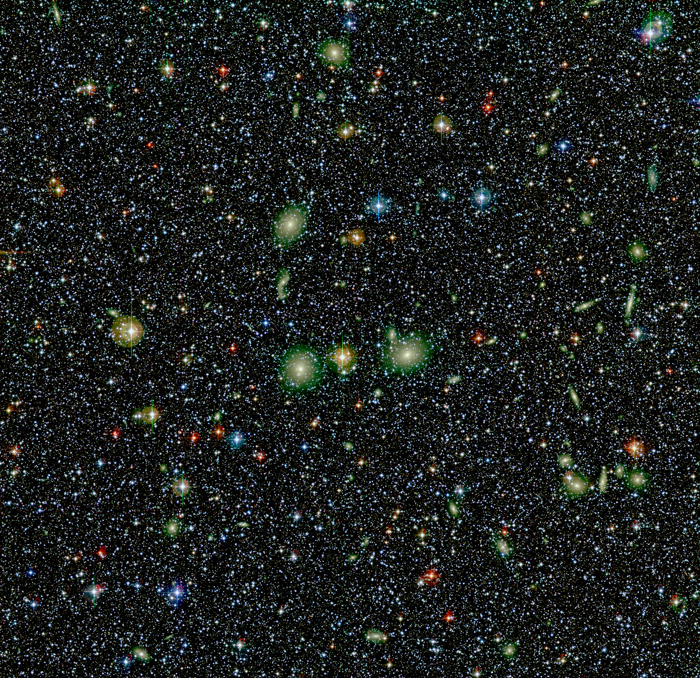

































66
0